Executive Summary
- Agronomists and Plant Pathologists are observing increased foliar disease pressure late in the season
- Proactively scout fields for foliar disease heading into your anticipated silage harvest
window- Cool, wet weather will accelerate movement of foliar diseases higher in the
canopy and at higher levels of severity
- Cool, wet weather will accelerate movement of foliar diseases higher in the
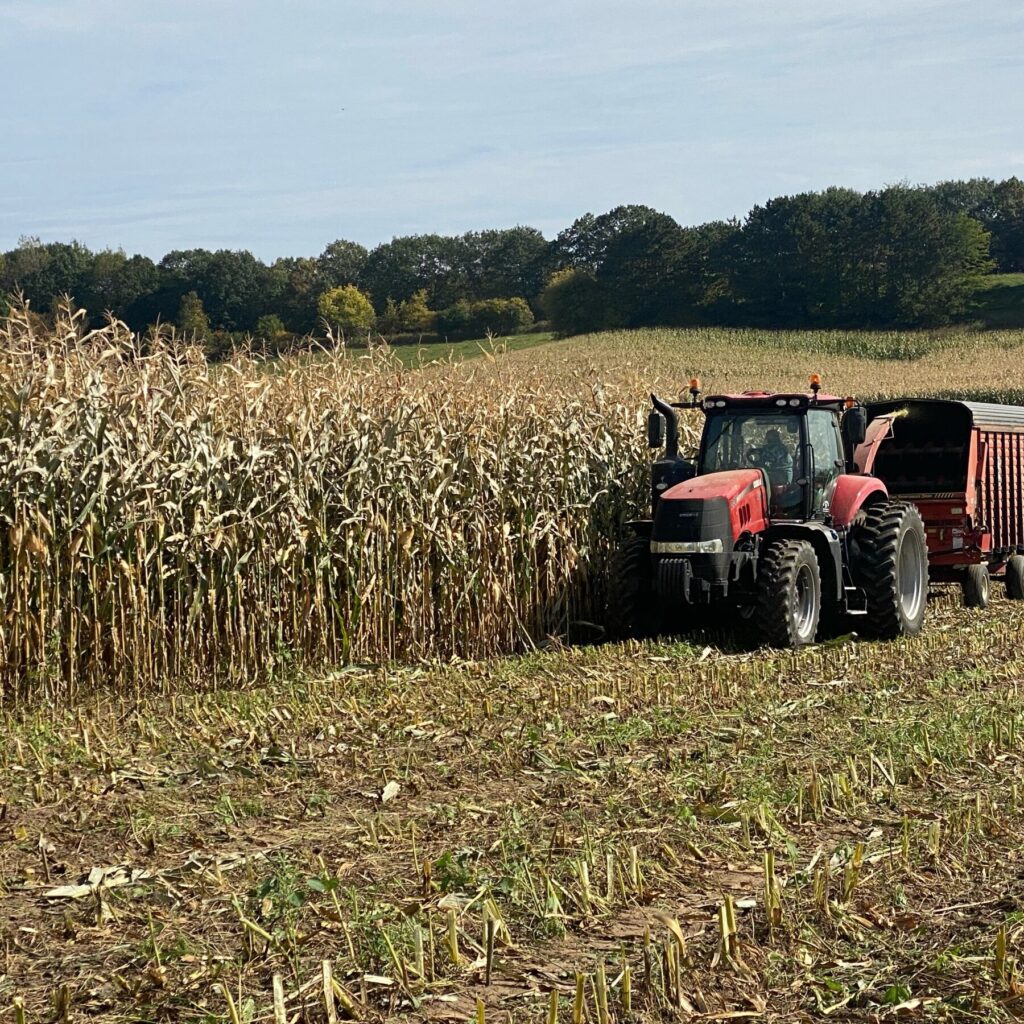
- Avoid accelerated field dry-down due to foliar disease, and shortened harvest
window - Target 65% whole-plant moisture in silage for most storage systems
- If foliar disease is moving in quickly, begin harvest sooner than your farm might have otherwise and to optimize whole-plant moisture in silage
- If whole-plant moisture drops below 55%, consider alternatives to putting this feed in with the main silage
- Practice best silage management practices, including:
- Avoid chopping overly dry and excessively diseased corn and reconsider packing this material in with the main silage
- Use a research-backed inoculant or preservative
- Consider technologies that reduce yeast and mold growth potential at feed-out, especially if foliar disease presence increases near harvest
- Achieve excellent pack density
- Ensure 800 to 1000 lbs tractor weight are on the pile per ton delivered per hour
- Keep air out with strong and oxygen-limiting plastic, adequate tire coverage and sealing ends or edges of bags, piles and bunkers
Plant Pathology Update
- The WI corn crop is in a generally good condition
- Early, on-time planted corn in the best position
- Watch late-planted corn closely, which will be more impacted by late-season disease increases
- Agronomists and plant pathologists are beginning to see increasing foliar disease pressure in some areas – Southern Rust, Gray Leaf Spot, Northern Corn Leaf Blight and to some extent Tar Spot
- Smith strongly encourages agronomists and producers to closely monitor for foliar disease, recognizing disease can come on strongly and quickly with cool and wet weather
- We expect foliar disease pressure to be different depending upon the region, farm, and hybrid grown; and will likely not be a widespread phenomenon
- Fungicide application, hybrid disease resistance, planting time, and local growing conditions all influence disease severity
- Regional differences exist within WI, for example: Southern & Central WI seem to be experiencing greater pressure whereas E WI is lesser
Nutritional and Feed Hygiene Insights
- Foliar disease coming on late season may not affect grain yield, however can affect silage quality through rapid dry-down in the fields and shortened harvest window
- Foliar disease can quickly reduce plant moisture and nutritional quality, negatively affecting ensiling potential
- Diseased and drier whole-plant chopped corn is tougher to ferment for numerous reasons
- Sub-optimal fermentation causes secondary issues such as: poor aerobic stability, yeast and mold growth, reduced feed-out quality, and the potential for increased mycotoxin concentrations
- Foliar disease will not equate to mycotoxin contamination, however the Gibberella ear rot fungus is a known mycotoxin-producing organism, and if given enough oxygen in the bunker, can continue to produce mycotoxins after packing
- Silage management practices are increasingly important this year, to protect yield, preserve quality, and reduce secondary issues such as mold and mycotoxins in the bunker
Reference
D. Smith. Disease & Mycotoxin Considerations for Corn Silage Harvest in Wisconsin. Aug 26, 2024, accessed online via www.badgercropdoc.com

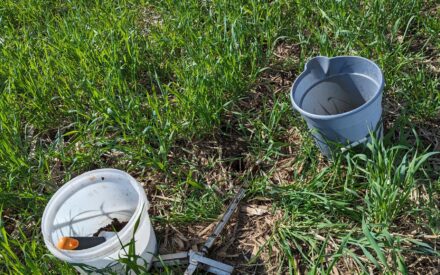 ▶ Evaluating MRTN Rates for Corn Grain and Silage After Manure Application
▶ Evaluating MRTN Rates for Corn Grain and Silage After Manure Application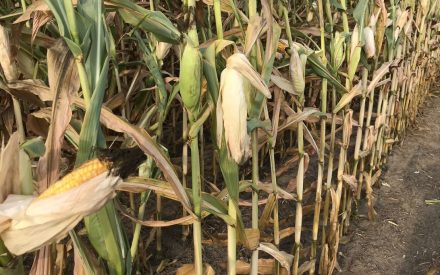 ▶ Practices to Optimize the Nutritive Value of Corn Silage
▶ Practices to Optimize the Nutritive Value of Corn Silage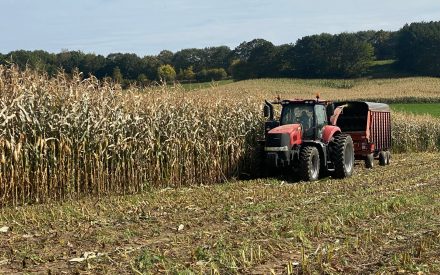 ▶ Explore the New Corn Silage Dry Down Monitoring Tool
▶ Explore the New Corn Silage Dry Down Monitoring Tool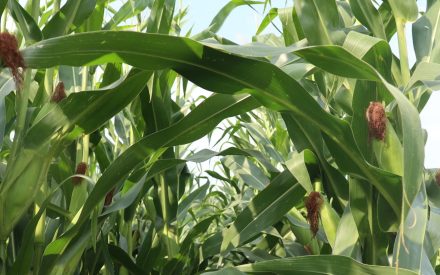 ▶ The Agronomic Fit of Short Corn as a BMR Alternative
▶ The Agronomic Fit of Short Corn as a BMR Alternative


